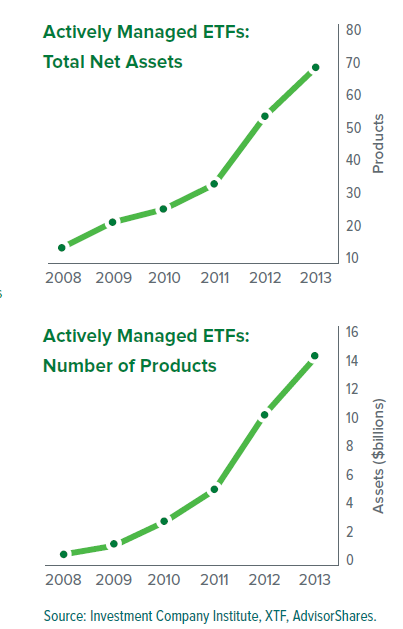ETF and mutual fund fees compared
Post on: 22 Июнь, 2015 No Comment

Fees affect your investment return in the same way hurdles affect the time it takes a runner to finish a race.
I had my knuckles rapped (mostly gently) the other day in a conversation with Jon Cockerline, director of policy and research for The Investment Funds Institute of Canada. In case that organization doesnt ring a bell, IFIC is the voice of the mutual fund industry, which currently has just over $810 billion of assets under management.
Mr. Cockerline took issue with my recent unfavourable comparisons of mutual funds with exchange-traded funds. ETFs are still largely passive in Canada meaning they simply track or mimic an index like the S&P 500 with no buying and selling. The results are low-fee products, listed on the stock exchange, which you can purchase yourself or through a licensed adviser.
With the exception of a small number of adviser-class exchange traded funds, ETFs provide no advisory service.
Bear in mind that even if you are a do-it-yourselfer, theres no free lunch when it comes to investing. From trading fees, to load and management fees, there are costs everywhere.
Fees, of all kinds, affect your return in the same way hurdles affect the time it takes a runner to finish a race. The higher they are the more they slow you down. If an MER sits at 2 per cent, the fund needs to grow 2 per cent before you start making any money. And in times of broad market losses the MER magnifies the losses.
However, fees are not the whole story, Cockerline maintains. Just because I have a fixed income fund with a higher MER doesnt mean I should avoid it. He goes further by emphasizing that making investment choices based on fees is entirely one dimensional.
He is referring to the added value of an advisers services and the professional management of the mutual fund itself, which should lift your investment returns beyond that of a given benchmark index. I concur. If you have good advice and investment performance beyond your funds benchmark index, any reasonable fee you pay is certainly worth the price.
The most common average mutual fund management expense ratio figure bandied about is 2.5 per cent. Typically, I use a range of 2.25 to 2.5 per cent for average MERs.
But Cockerline contends that those figures are too high because they represent arithmetic averages of all funds, i.e. you add up all the MERs charged by all funds and divide by the number of funds.
Another average out there is compiled by Investor Economics (and used by IFIC). This is an asset-weighted average, which takes into account the assets, or amount of money, under management by fund companies and computes the average accordingly. So, a fund with many investors and a large amount of assets under management will have a bigger impact on the average than a small fund.
Based on an Investor Economics study released in September, 2011, the average MER for Canadian mutual funds (excluding money market funds) was 2.05 per cent in 2010, up from 2.04 in 2009 but down from 2.15 in 2005.
Part of the reason for the decline, according to Carlos Cardone, senior consultant and managing director of Investor Economics, wasnt just because funds have been cutting their fees. Rather, after the financial crash, there was a stampede away from higher MER equity mutual funds to lower MER fixed income funds, which pulled down the industry average.
For investors, it is even more helpful to look at specific category averages. Here are the main ones:














